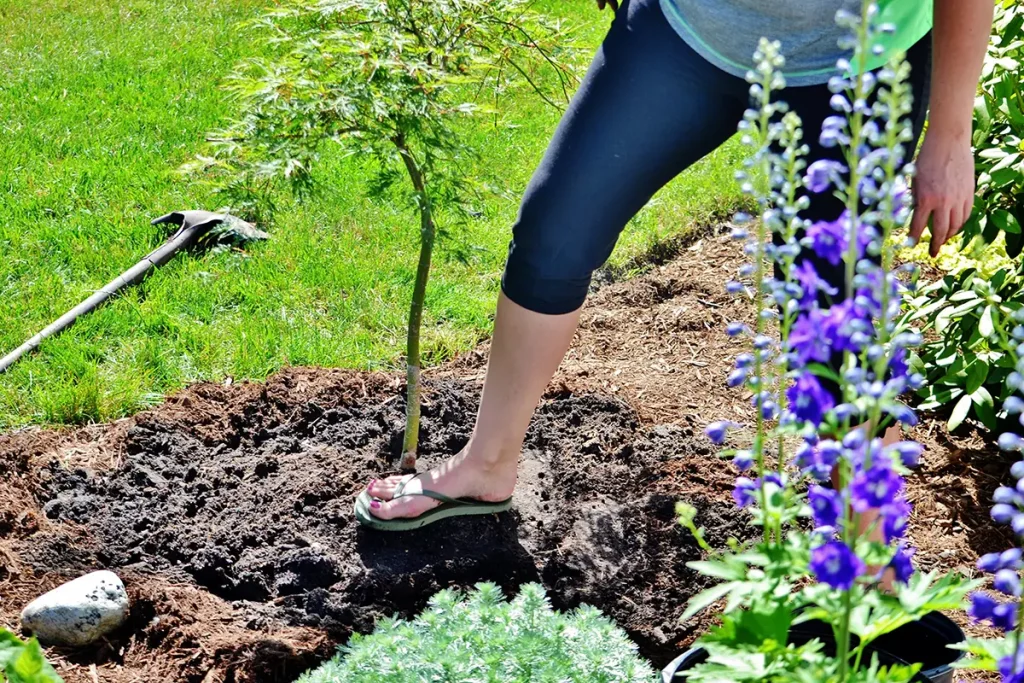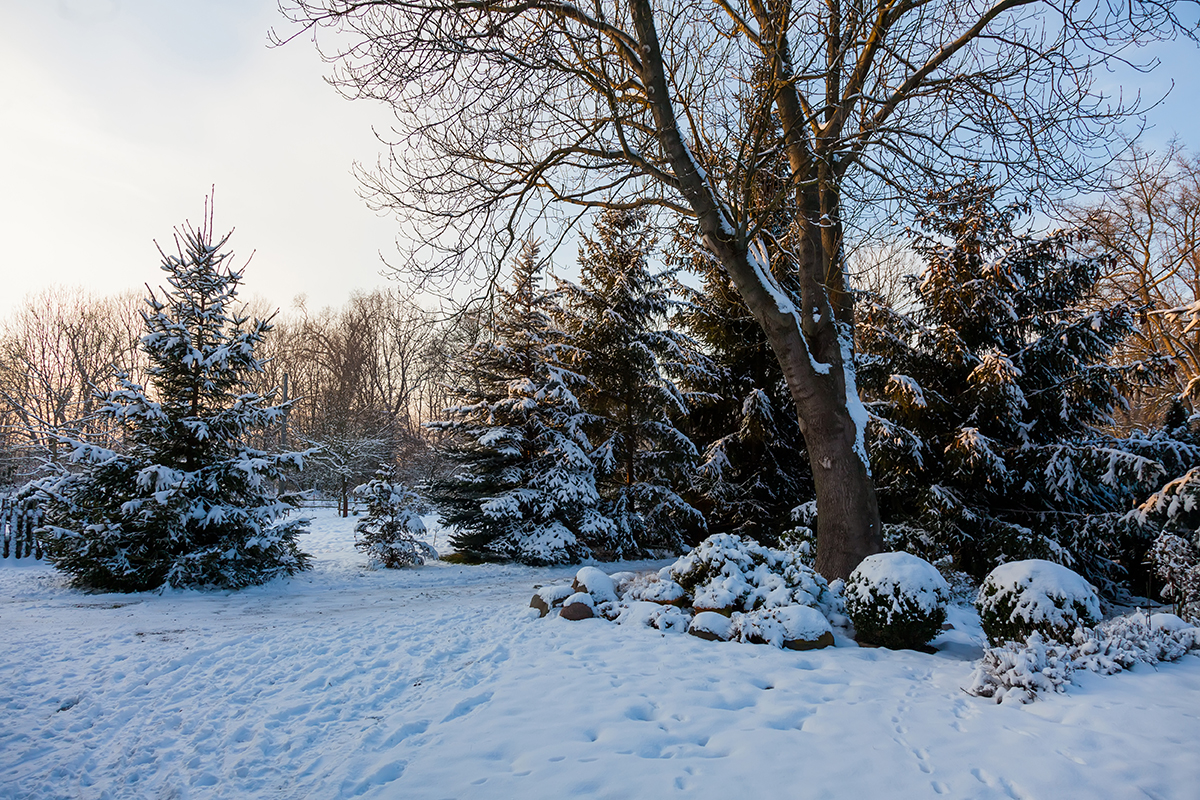Winter in the Greater Pittsburgh region can be unpredictable—icy winds, road salt, snow buildup, and rapid temperature swings all pose serious risks to trees and shrubs. These fluctuations can trigger plant injury, reduce cold hardiness, and cause tissue damage that may not become visible until spring.
At Horhut Tree Experts, we take a proactive, science-based approach to winter plant injury prevention. Our goal is to protect your landscape before damage occurs—not just clean up after the fact.
👉 Schedule your winter injury prevention assessment today—call 412-855-2703 or request an evaluation online.
What Is Winter Plant Injury?
Winter plant injury refers to any type of damage sustained by trees, shrubs, or woody plants due to cold weather stress. Common causes include:
- Freeze-thaw cycles that crack bark
- Desiccation (drying out) from wind and frozen soil
- Frost cracks and sunscald on trunks
- Salt damage from de-icing treatments
- Snow and ice load breaking branches or splitting limbs
- Ice storms causing limb breakage and trunk cracks
- Animal browsing (deer, rabbits, rodents) on bark or buds
The damage isn’t always immediately visible—symptoms such as bud dieback, browning, or discolored foliage often appear in spring.
Trees and Shrubs Most at Risk
Not all species react to winter the same way. Certain plants are more prone to cold injury, including:
- Broadleaf evergreens (e.g., boxwood, rhododendron)
- Young or newly planted trees
- Thin-barked species (maple, beech)
- Trees near roadways exposed to salt spray
- Species planted outside their hardiness zone
👉 If you’re unsure about your trees’ winter readiness, schedule a professional evaluation before the season sets in.
Promoting Healthy Root Systems
A strong root system is critical for helping plants survive harsh winters. Roots are vulnerable when soil freezes before they’ve absorbed enough water. This can lead to winter burn, root death, or weak spring growth.
Key Steps for Root Protection
- Water in fall to ensure roots are hydrated before the ground freezes.
- Choose cold-hardy species like oak and maple.
- Use tree wraps on thin-barked species (e.g., Norway maple) to prevent frost cracks.
- Install burlap screens or fencing to reduce wind and sun stress on evergreens.
As spring arrives, inspect plants for injured foliage, fungal infections, or dead branches—and prune promptly to prevent disease spread.

6 Ways to Prevent Winter Injury to Trees
At Horhut Tree Experts, we use a tailored, evidence-based strategy rather than “spray and pray” tactics. Our approach includes:
1. Apply Proper Mulch
Retains soil moisture, insulates roots, and prevents frost heaving.
➡️ Apply 2–4 inches of organic mulch, keeping it away from the trunk.
2. Protect Against Desiccation
Evergreens lose moisture in winter winds.
➡️ Use anti-desiccant sprays on sensitive species.
3. Use Tree Wraps and Guards
Prevents sunscald, frost cracks, and rodent girdling.
➡️ Install breathable wraps in late fall and remove in early spring.
4. Structural Pruning
Reduces risk of snow and ice damage.
➡️ Winter is ideal for corrective pruning while trees are dormant.
5. Minimize Salt Exposure
Salt harms roots and foliage.
➡️ Use buffer plantings, barriers, or salt-tolerant species near roads and sidewalks.
6. Deter Winter Wildlife
Deer and rodents damage bark and buds.
➡️ Protect young trees with guards or repellents.
How Horhut Tree Experts Helps You Prepare
We don’t use a one-size-fits-all approach. Instead, our ISA Certified Arborists assess your property to identify:
- Trees most vulnerable to winter injury
- Site-specific threats like wind tunnels or salt runoff
- Proper timing for pruning, mulching, and protective treatments
- Long-term resilience strategies for your landscape
All recommendations align with ANSI A300 tree care standards, and every technician follows ANSI Z133 safety protocols.
Preventing Damage Is More Cost-Effective Than Repairing It
Emergency removals, broken limbs, and winter-related disease can cost thousands of dollars and leave trees permanently weakened. Preventive care is always more affordable than repairs.
Whether you manage a residential property or commercial site, a fall or early winter evaluation gives your trees the best chance to thrive come spring.
👉 Call Horhut Tree Experts at 412-855-2703 or request your winter injury prevention assessment online today.

